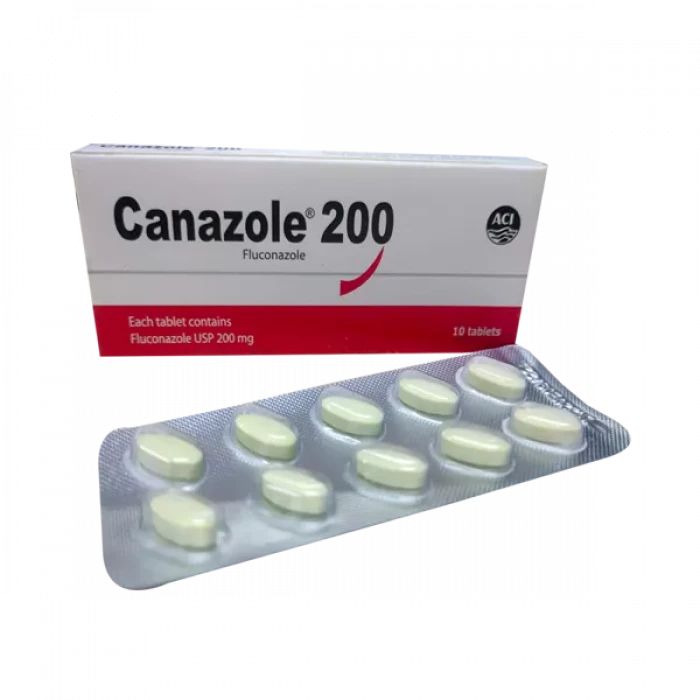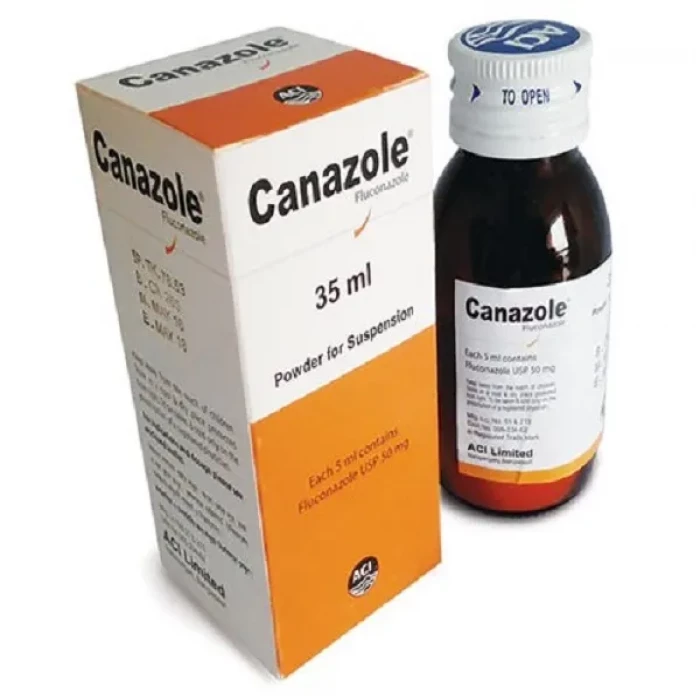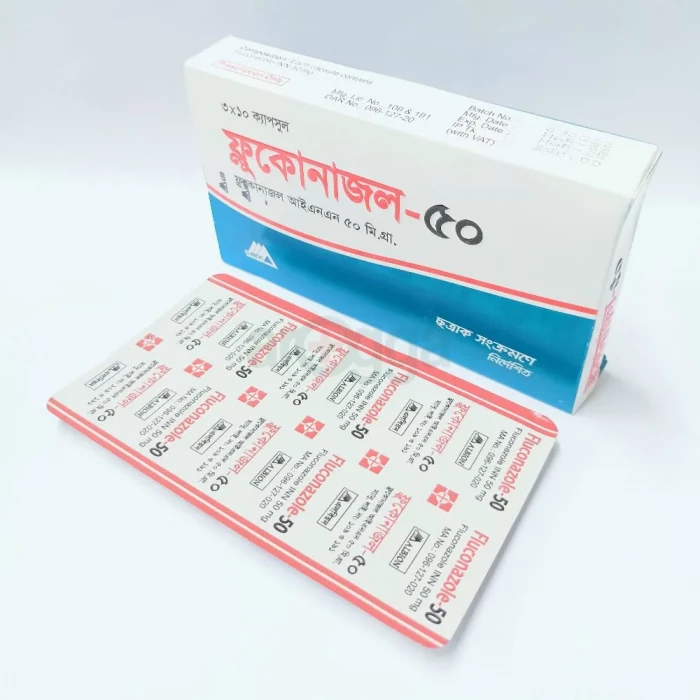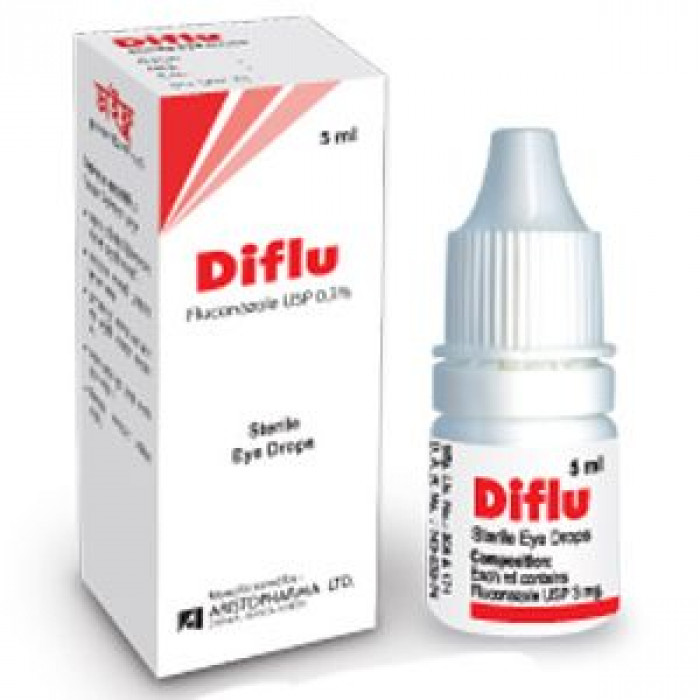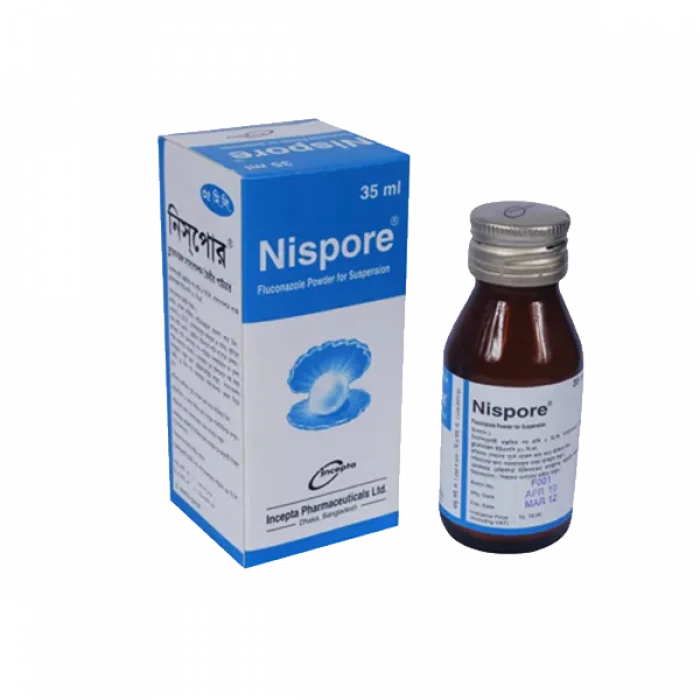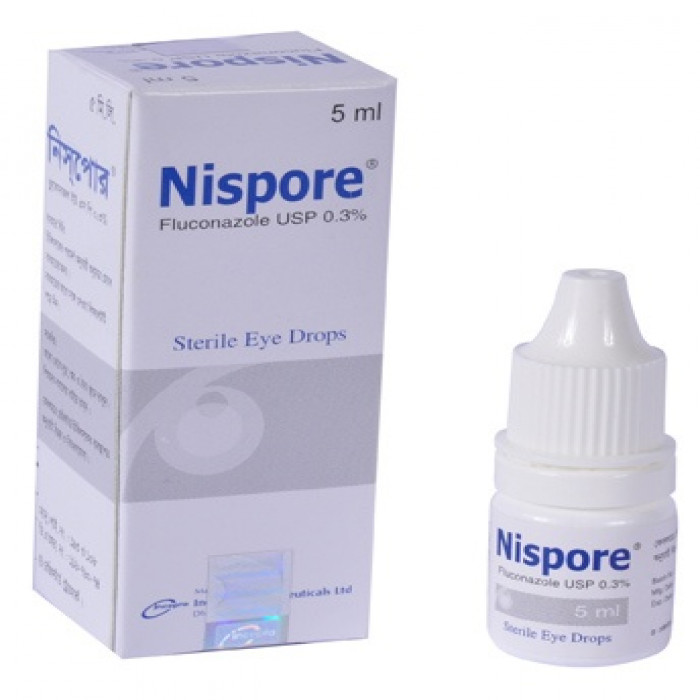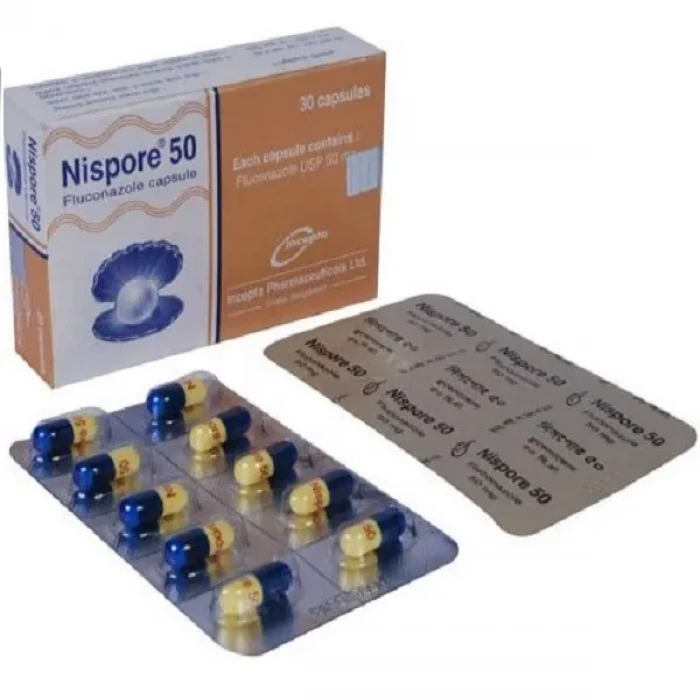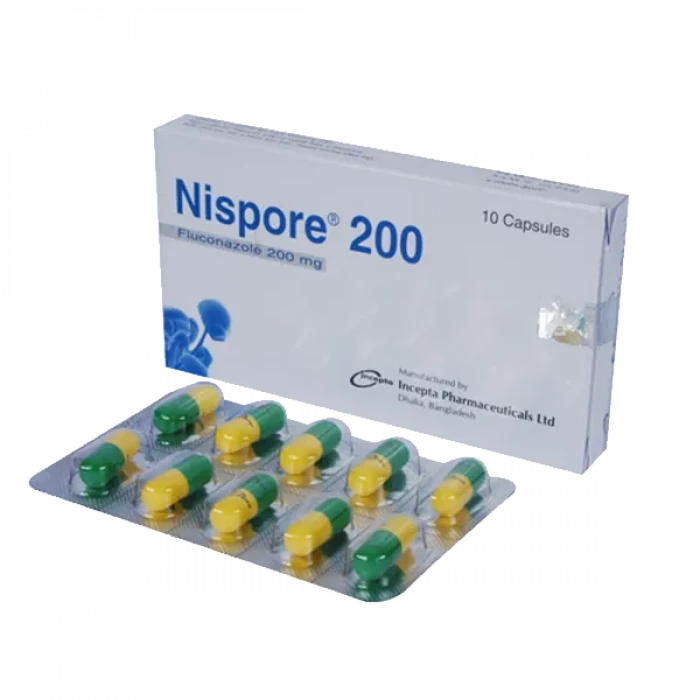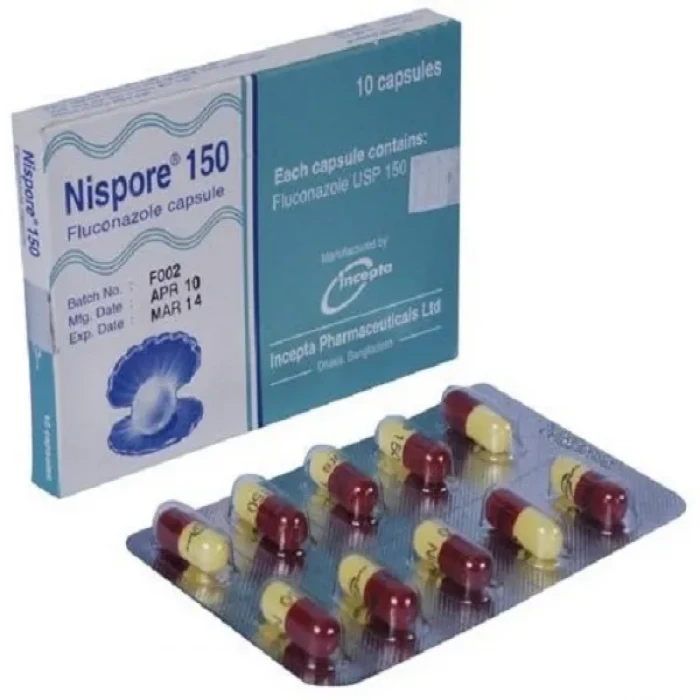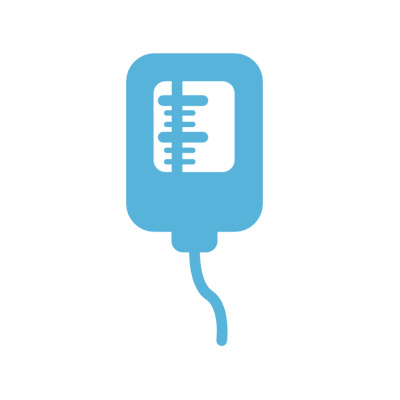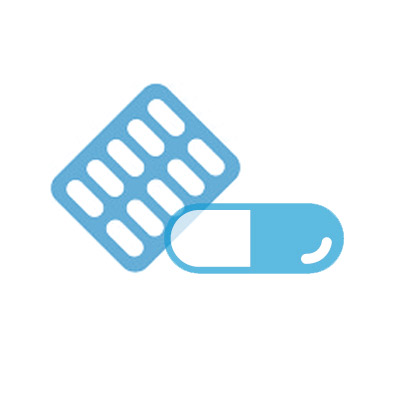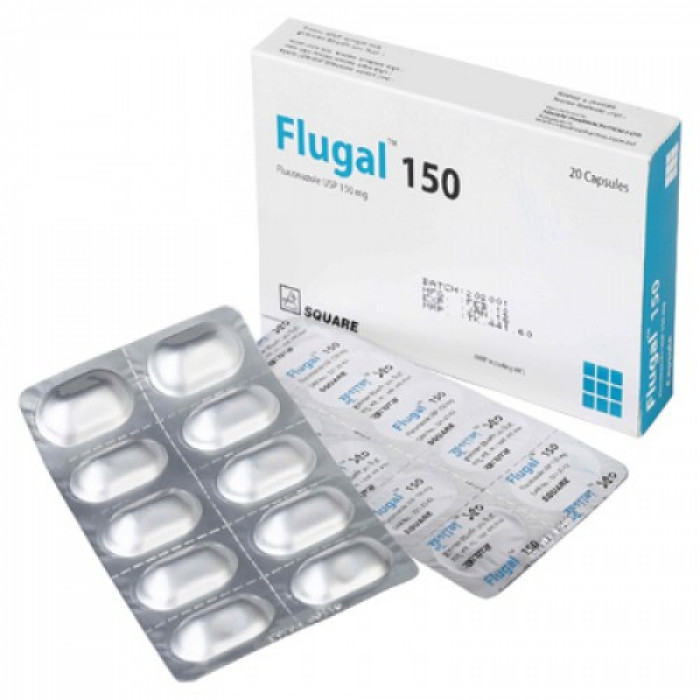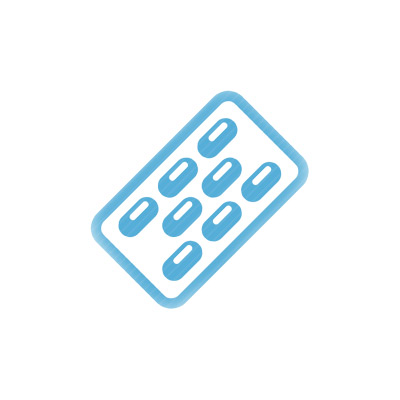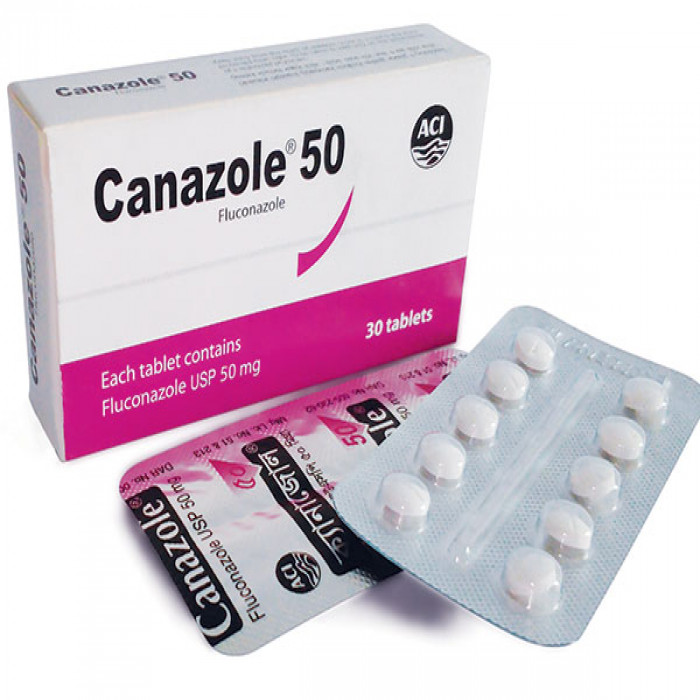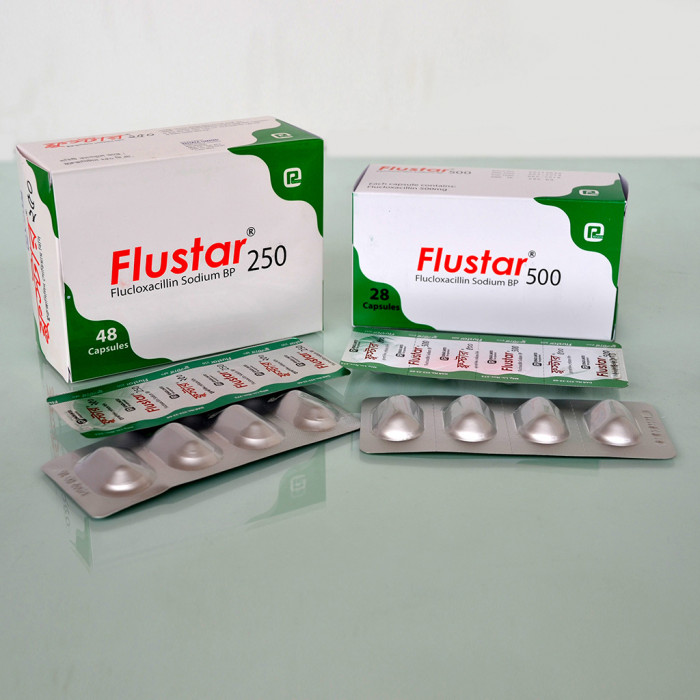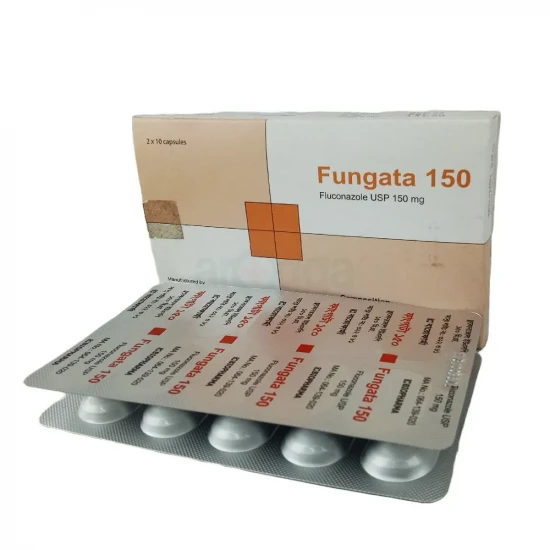
✔ 100% Authentic Product
👁️ Currently Viewing 968
Fungata 150 is an antifungal medication indicated for the treatment of fungal infections caused by susceptible strains of fungi. It is effective in:
- Oropharyngeal and esophageal candidiasis
- Vaginal candidiasis and candidal balanitis
- Dermatophytosis, cutaneous candidiasis, and pityriasis versicolor
- Systemic candidiasis and cryptococcal infections (including cryptococcal meningitis)
- Prophylaxis of fungal infections in immunocompromised patients, including those undergoing bone marrow transplantation
Take the capsule as prescribed by the physician, with or without food. Swallow whole—do not chew or crush. Take doses at regular intervals for best results. Do not skip or discontinue early, even if symptoms improve.
Discount
Price: ৳ 216
MRP:
৳
220.8
2%
Off

100% Genuine Products, Guaranteed

Safe & Secure Payments, Always

Fast, Secure & Efficient Delivery

Proper Packaging
 Cash on Delivery - All over Bangladesh
Cash on Delivery - All over Bangladesh Regular Delivery - 12-24 Hours, Dhaka City* Charge Tk.39-59
Regular Delivery - 12-24 Hours, Dhaka City* Charge Tk.39-59 Regular Delivery - 24-48 Hours, Other Cities* Charge Tk.99-110
Regular Delivery - 24-48 Hours, Other Cities* Charge Tk.99-110
 ফ্রি ডেলিভারিঃ - ৯৯৯ টাকা+ অর্ডারে, ঢাকা
শহরে
ফ্রি ডেলিভারিঃ - ৯৯৯ টাকা+ অর্ডারে, ঢাকা
শহরে ফ্রি ডেলিভারিঃ - ২৯৯৯ টাকা+ অর্ডারে, ঢাকার
বাহিরে
ফ্রি ডেলিভারিঃ - ২৯৯৯ টাকা+ অর্ডারে, ঢাকার
বাহিরে
100% Genuine Products, Guaranteed
Safe & Secure Payments, Always
Fast, Secure & Efficient Delivery
Proper Packaging
 Cash on Delivery - All over Bangladesh
Cash on Delivery - All over Bangladesh Regular Delivery - 12-24 Hours, Dhaka City* Charge Tk.39-59
Regular Delivery - 12-24 Hours, Dhaka City* Charge Tk.39-59 Regular Delivery - 24-48 Hours, Other Cities* Charge Tk.99-110
Regular Delivery - 24-48 Hours, Other Cities* Charge Tk.99-110 ফ্রি ডেলিভারিঃ - ৯৯৯ টাকা+ অর্ডারে, ঢাকা
শহরে
ফ্রি ডেলিভারিঃ - ৯৯৯ টাকা+ অর্ডারে, ঢাকা
শহরে ফ্রি ডেলিভারিঃ - ২৯৯৯ টাকা+ অর্ডারে, ঢাকার
বাহিরে
ফ্রি ডেলিভারিঃ - ২৯৯৯ টাকা+ অর্ডারে, ঢাকার
বাহিরে
✅ Description:
Fungata 150 (Fluconazole) belongs to the triazole class of antifungals. It inhibits fungal cytochrome P450-dependent enzyme lanosterol 14-α-demethylase, an essential enzyme for converting lanosterol to ergosterol — a vital component of fungal cell membranes. Inhibition of ergosterol synthesis disrupts membrane integrity, leading to cellular leakage and fungal death.
- Complete the full course, even if you feel better.
- Inform your doctor if you develop skin rash, yellowing of eyes, or persistent stomach pain.
- Avoid alcohol and unnecessary antacids during treatment.
- Use effective contraception during and for a few days after therapy.
- Take at a fixed time daily for maximum effectiveness.
✔️ Words of Advice:
- Use with caution in patients with liver, kidney, or cardiac disorders, or those with weakened immunity (e.g., HIV/AIDS).
- Avoid during pregnancy unless absolutely necessary; use contraception during treatment.
- Monitor liver function for prolonged therapy (>1 month).
- May cause dizziness or blurred vision—avoid driving or operating machinery until effects are known.
- Avoid antacid intake within 1 hour before or 2 hours after taking Fungata.
✔️ Dosage & Administration
Adults:
Oropharyngeal Candidiasis: 200 mg on day 1, then 100 mg once daily for at least 2 weeks.
Esophageal Candidiasis: 200 mg on day 1, followed by 100 mg daily; may increase to 400 mg/day as needed. Treat for a minimum of 3 weeks and at least 2 weeks after symptom resolution.
Vaginal Candidiasis / Candidal Balanitis:
Uncomplicated: 150 mg single dose
Complicated: 150 mg every 72 hours for 3 doses
Recurrent: 150 mg daily for 10–14 days, then 150 mg weekly for 6 months
Dermatophytosis / Cutaneous Candidiasis / Pityriasis Versicolor: 50 mg once daily for up to 6 weeks.
Systemic Candidiasis / Cryptococcal Infections: 400 mg on the first day, then 200–400 mg daily for at least 6–8 weeks (based on response).
Maintenance in AIDS patients: 100–200 mg daily to prevent relapse.
Prophylaxis: 50–400 mg daily; 400 mg daily recommended for bone marrow transplant patients (starting before neutropenia and continuing 7 days after recovery).
Pediatric Dose:
Children (≥6 months): 3–12 mg/kg/day (max 600 mg/day); up to 800–1000 mg/day may be used for CNS fungal infections.
Approximate guideline:
1 year (9 kg): ½ spoonful/day
1–2 years (12 kg): 1 spoonful/day
2–3 years (14 kg): 1½ spoonfuls/day
3–4 years (16 kg): 2 spoonfuls/day
Renal Impairment:
CrCl >50 mL/min: Usual dose.
CrCl <50 mL/min (no dialysis): 50% of usual dose.
Hemodialysis patients: Full dose after each dialysis session.
✔️ Drug Interactions
In clinical studies, fluconazole slightly increased the prothrombin time in healthy males receiving warfarin, with an average rise of about 12%. Therefore, patients taking coumarin-type anticoagulants should have their prothrombin time closely monitored to avoid bleeding risks.
Fluconazole has been observed to prolong the serum half-life of oral sulfonylureas (such as chlorpropamide, glibenclamide, glipizide, and tolbutamide) in healthy volunteers. While co-administration is possible in diabetic patients, caution should be exercised as hypoglycemia may occur.
When hydrochlorothiazide is administered with fluconazole, plasma concentrations of fluconazole may increase by up to 40%. Although this is not typically clinically significant, prescribers should remain aware of the potential interaction.
Concomitant use of fluconazole and phenytoin can lead to a clinically relevant increase in phenytoin levels, requiring careful monitoring. When given with rifampicin, fluconazole’s AUC decreases by 25% and its half-life shortens by 20%; thus, an increase in fluconazole dosage may be necessary for patients on rifampicin therapy.
Two pharmacokinetic studies with combined oral contraceptives showed that fluconazole at 50 mg daily had no significant effect on hormone levels, while at 200 mg daily, it caused a 40% increase in ethinylestradiol and 4% in levonorgestrel AUC. Hence, these doses are unlikely to compromise contraceptive efficacy. Additionally, fluconazole (50–400 mg daily) has no significant effect on endogenous steroid levels or the ACTH-stimulated response in healthy individuals.
In renal transplant patients, fluconazole 200 mg daily caused a gradual rise in cyclosporine levels, while 100 mg daily in bone marrow transplant patients showed no such effect. Therefore, monitoring cyclosporine plasma concentrations is recommended when used concurrently.
Fluconazole absorption remains unaffected by food, cimetidine, antacids, or total body irradiation for bone marrow transplantation.
In a placebo-controlled study, fluconazole 200 mg administered for 14 days led to an 18% reduction in the plasma clearance of theophylline. Patients receiving high doses of theophylline, or those at risk of theophylline toxicity, should be observed for signs of toxicity, and therapy should be adjusted as needed.
Although not all potential drug-drug interactions have been studied, clinicians should remain vigilant as additional interactions may occur.
✔️ Side Effects
Common (>10%)
Headache (2–13%)
Uncommon (1–10%)
- Nausea (2–7%)
- Abdominal pain (2–6%)
- Vomiting (2–5%)
- Diarrhea (2–3%)
- Rash (≈2%)
Rare / Frequency Not Defined
- QT prolongation, Torsades de pointes
- Alopecia
- Anaphylactic reactions, Angioedema
- Cholestasis, Hepatitis, Hepatic failure
- Increased liver enzymes (ALT, AST, alkaline phosphatase)
- Jaundice
- Dizziness, Dyspnea, Seizures
- Leukopenia, Thrombocytopenia, Pallor
- Stevens–Johnson syndrome (SJS), Toxic epidermal necrolysis (TEN)
- Taste perversion
- Hypertriglyceridemia, Hypokalemia
Potentially Fatal Effects
Severe hepatotoxicity
Rare anaphylaxis
Severe cutaneous adverse reactions (SJS/TEN)
✔️ Pregnancy & Lactation
Pregnancy Category:
Category C (Single 150 mg dose); Category D (High/prolonged doses: 400–800 mg/day)
A Danish cohort study (JAMA, 2016; 315(1):58–67) reported a possible increased risk of spontaneous abortion (4.43% vs. 4.25%; HR 1.48) in women exposed to oral fluconazole (150 mg) between 7–22 weeks of gestation.
CDC guidelines recommend topical antifungal therapy for pregnant women with vulvovaginal candidiasis, even if longer treatment durations are required for persistent or recurrent infections.
Systemic fluconazole use during pregnancy should be avoided, except in cases of severe or life-threatening fungal infections, where potential benefits outweigh fetal risks.
High-Dose Exposure Risks (400–800 mg/day, 1st Trimester):
Reported congenital anomalies include:
Brachycephaly, abnormal facial and cranial development
Cleft palate
Femoral bowing, thin ribs, long bone abnormalities
Arthrogryposis
Congenital heart defects
Effective contraception is advised during high-dose treatment and for at least one week after the last dose (≈5–6 half-lives).
Lactation:
Fluconazole is secreted into human breast milk at concentrations similar to maternal plasma.
Use with caution.
The AAP (American Academy of Pediatrics) classifies fluconazole as “compatible with breastfeeding.”
✔️ Contraindications:
Fluconazole should not be used in patients with known hypersensitivity to Fluconazole or to related triazole compounds.
✔️ Storage:
Keep in a dry place away from light and heat. Keep out of the reach of children.
⚠️Disclaimer:
At ePharma, we’re committed to providing accurate and accessible health information. However, all content is intended for informational purposes only and should not replace medical advice from a qualified physician. Please consult your healthcare provider for personalized guidance. We aim to support, not substitute, the doctor-patient relationship.




